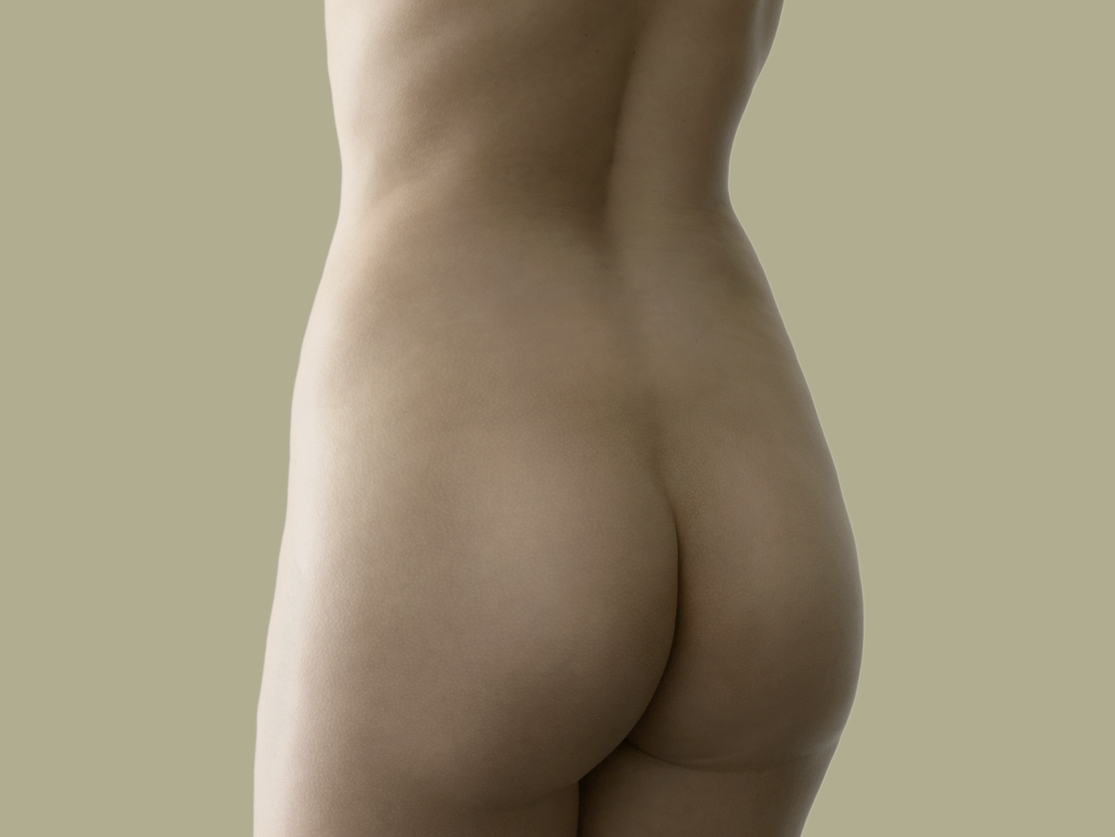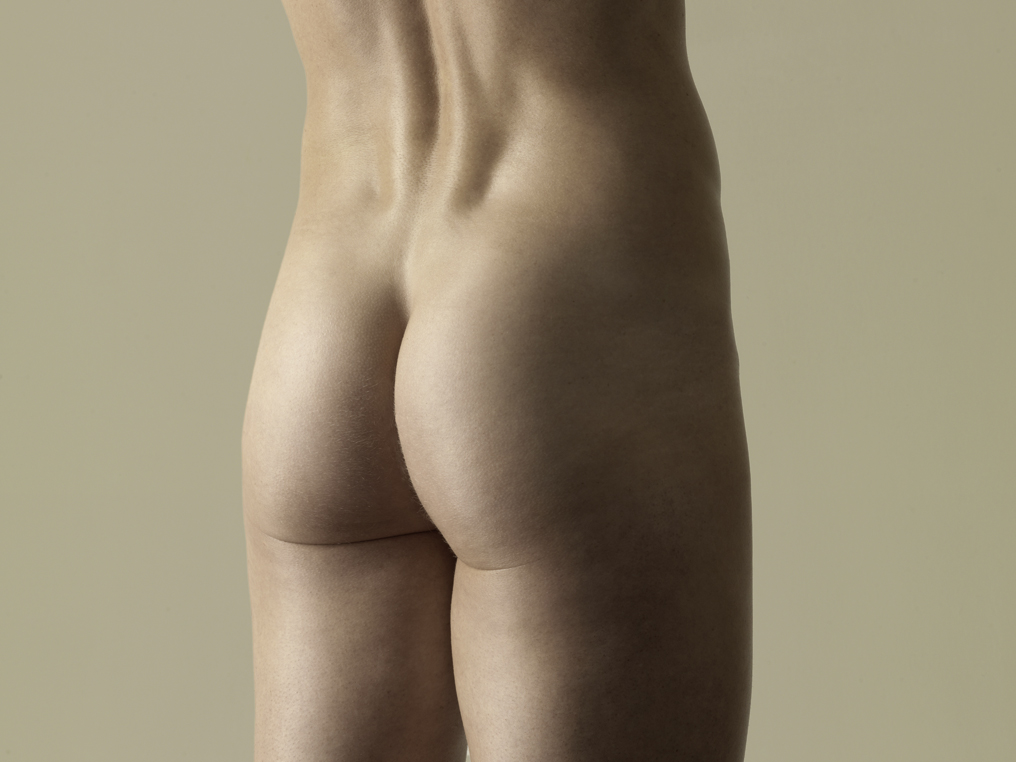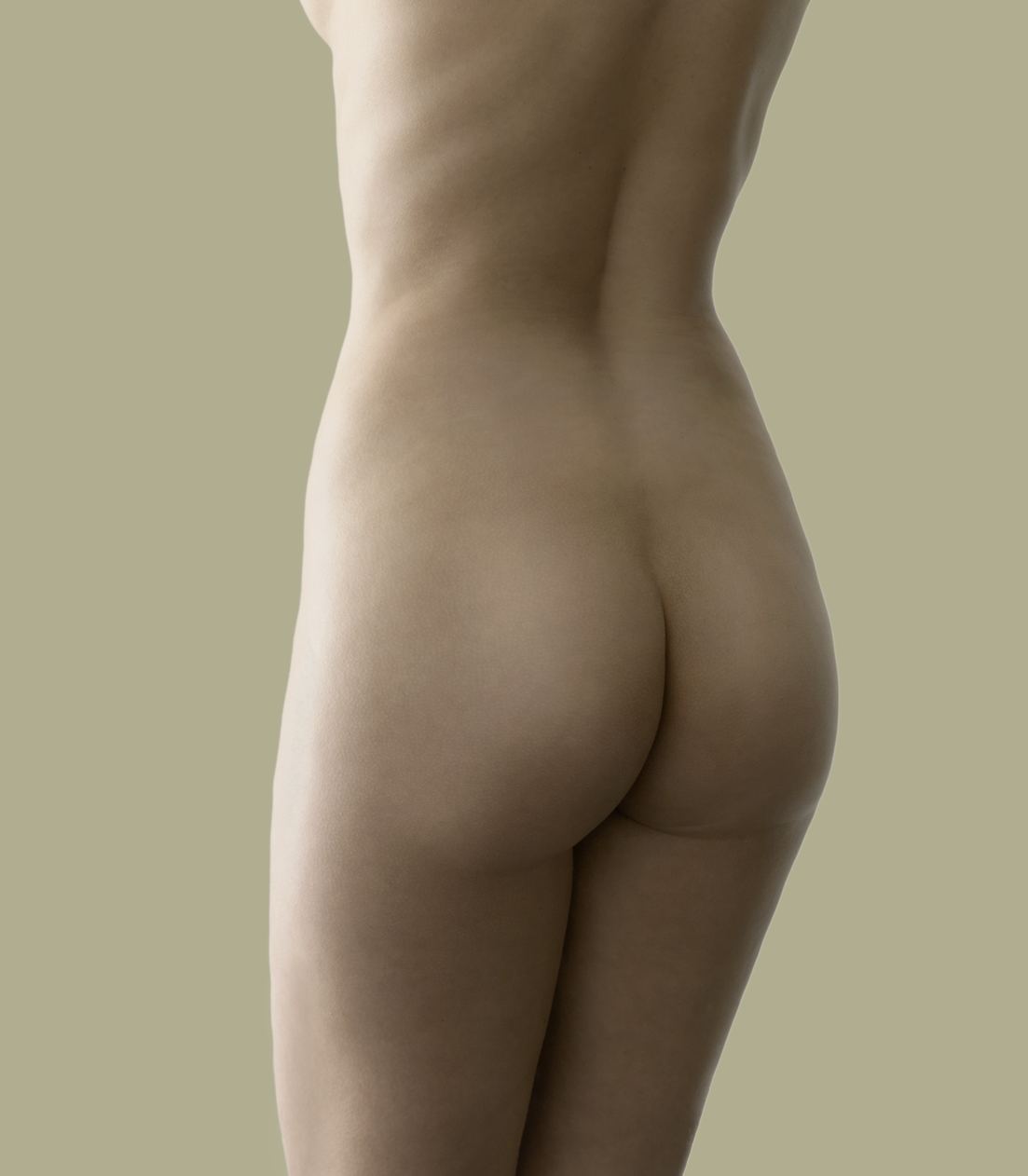
As the name suggests, liposuction is the removal of fat tissue by means of suction cannulas. It is a minimally invasive procedure to remove excess fatty deposits. Although large amounts of fat can be suctioned in one or more sessions, liposuction is nevertheless not suitable for weight loss, as this is only possible through a change in lifestyle with proper diet and exercise. It is only sensible to remove excess adipose tissue by liposuction if the skin in this region has enough elasticity to adjust to the new shape. If the skin lacks the ability to shrink following the procedure, the contour may even look worse after liposuction. In this instance, a skin tightening operation, where fat and redundant skin is removed, is the best option.

Considerations
When to consider liposuction:
- You suffer from an excess of adipose tissue (fat deposits) in certain areas of the body that you are unable to eliminate through diet and exercise.
- In the areas of excess fatty tissue, there is only a minimal amount of redundant skin and skin elasticity is good. Liposuction removes fat but does not tighten skin or eliminate cellulite.
With liposuction, excess fat can be removed in various parts of the body: abdomen, hips and lumbar region, buttocks, thighs, knees, calves, ankles, breast (including gynecomastia in men), arms and neck. Liposuction is equally effective for both men and women.
The goal of liposuction is to improve body contour, not to reduce weight, which is why we often speak of ‘body shaping’ or ‘body sculpturing’. Liposuction is used as a complementary measure for streamlining operations, such as abdominal tightening or breast reductions.
Adipose tissue, which has been suctioned from regions with an excess may be used in addition to creating more volume in regions with a lack of fat and volume (lipofilling). A liposuction can also be combined with lipofilling to correct contour irregularities after previous liposuction by the redistribution of fatty tissue (liposhifting).
Consultation
A prerequisite for a successful operation is careful planning. This begins with a personal consultation in the AARE KLINIK.
- Communication of wishes and expectations ascertain what you would like to improve.
- Explanation of the possibilities, scope and limitations of the operation.
Examination:
- Medical history is taken.
- Physical examination is performed.
- Digital photos are taken.
- The regions where there are excess fat deposits and potentially fat deficits are identified.
- Skin fold thickness, texture and elasticity are tested.
- Of particular importance is your body mass index (BMI), which provides a clue as to whether liposuction can be considered an appropriate measure.
- Based on this an individual treatment plan is drawn up and goals of the operation are discussed and defined.
- Sometimes liposuction is only one aspect of an overall treatment concept, for example as part of a lipomodelling or lipoabdominoplasty.
- It often makes sense to combine several treatment methods to achieve the best possible result.
- A joint individual treatment plan is set up, including all important aspects of the operation, such as where liposuction and potentially lipofilling will be performed.
- Risks and complications are discussed.
- Agreed treatment is documented on a planning sheet.
To plan the operation and to make a risk assessment we require:
- Full medical history (pre-existing conditions and previous surgery).
- Current diseases (high blood pressure, diabetes, thyroid dysfunction).
- Allergies or aversion to medications.
- Any important medical reports.
- Please bring any important medical information along to the consultation.
- If you are planning to lose a significant amount of weight in the foreseeable future, this should be considered when planning surgery, since this can significantly alter the outcome. Therefore, it is usually wise to wait for the stabilisation of your weight before having liposuction.
Procedure
The basis of the liposuction is the removal of adipose tissue via suction cannulas, which are passed through the tissue. These are usually connected to a pump that produces the negative pressure required for this purpose; therefore this technique is referred to as suction assisted lipectomy (SAL). In addition, the cannulas may be powered by an electric motor, (power assisted liposuction, PAL), which facilitates the mechanical work required by the surgeon. Another technical advance is ultrasonic assisted liposuction (UAL), in which an ultrasonic generator produces sound waves above the audible range that are transferred to the adipose tissue through special ultrasonic probes to burst fat cells. The released fat can then be removed again by suction cannulas (SAL).
At the AARE KLINIK, we mainly use the VASER®, a modern, high precision ultrasound technology that leaves normal tissue intact. The selective action of ultrasonic energy to the fat cells (liposelection) protects the surrounding connective tissue, nerves and blood vessels and promotes rapid and uniform healing. Therefore, this technique is particularly suitable in areas with dense connective tissue, such as the breast (gynecomastia) and areas that are difficult to treat with conventional liposuction.
Liposuction is usually performed under local anaesthesia with sedation (‘twilight anaesthesia’) or general aesthesia as an outpatient procedure at the AARE KLINIK or as part of a short hospital stay. The length of surgery is variable and depends on the extent of lipomodelling.
Risks
Liposuction is among the most common surgeries performed by plastic surgeons. Nevertheless, liposuction carries risks that vary depending on the individual patient, treated body region and amount of suction. Overall, the risk of complications increases with the amount of suction, which is why liposuction should be divided into several operations if more than 4–5 litres of tissue is removed.
2–3 weeks. Numbness of the skin in the treatment area may occasionally occur, but is usually temporary. Slight asymmetry or irregularities will usually correct spontaneously once the swelling subsides. Infections are rare, but pose a serious complication that can result in scarring or the creation of dimples in the skin or even skin slough, which might require further surgery.
The risk of severe complications is increased in patients who smoke or who have circulatory disorders of the skin or chronic diseases, such as diabetes. In rare cases, a further operations might be required if there are irregularities or indentations.
Every patient should be informed of all the benefits, risks and possible complications involved.
General risks from liposuction include:
- Haematoma (bruising), bleeding and swelling
- Seroma (accumulation of wound fluid)
- Healing problems or infection
- Injury of nerves or vessels
- Numbness in area of operation (temporary or permanent)
- Circulatory problem of the skin (skin slough)
- Scars
- Slight asymmetry
- Unsatisfactory aesthetic result
- Secondary surgery
- Thrombosis or embolism
Overall liposuction is a safe procedure when undertaken by an experienced plastic surgeon and patients are mostly satisfied with the results. You can help to minimise the risks by following the advice of your surgeon.
Preparation
Our aim is to make the time before and after your surgery as comfortable as possible. By following a few tips you can support our care:
- To aid the healing process, avoid smoking for two weeks before and after the operation.
- Avoid medication that increases the risk of bleeding, like aspirin, non-steroidal anti-inflammatory drugs, as well as vitamins and homeopathic remedies for two weeks prior to the operation.
- Liposuction is generally performed as an outpatient procedure.
- Depending on the location and extent of liposuction, the surgery is performed under local anaesthesia, possibly with sedation (twilight anaesthesia), or in general anaesthesia.
- Make sure that you can be collected and cared for by someone for 24 hours after the procedure.
- If a large volume of tissue is extracted or if there are pre-existing medical conditions, surgery may be undertaken as an inpatient treatment in hospital.
Day of surgery
In most cases, liposuction is performed as an outpatient procedure or with an over-night stay at the AARE KLINIK. In individual cases, when necessary, the surgery might be performed as an inpatient procedure in an affiliated private hospital.
- During surgery you will receive various medications for your wellbeing.
- For your safety, your heart rate, blood pressure, oxygen supply etc. are monitored during the operation.
- Compression garments are applied at the end of surgery to aid healing, reduce swelling and promote uniform skin contraction.
- After the operation, you will be taken to the recovery room, where you will have continued monitoring until you awaken and are able to get up.
- You will be allowed to return home after a few hours.
- If you are an inpatient, you will remain in hospital under surveillance until the following day.
- Already on the day of the surgery you should get up regularly for a few minutes in order to minimise the risk of thrombosis.
- The level of pain after a liposuction is usually not severe and can be compared with muscle soreness.
- You are advised to take mild pain relief that reduces swelling and should be continued for several days after surgery.
- In case of an ambulatory procedure, you should have someone to care for you continuously for 24 hours postoperative.
- You will receive all the necessary instructions for your aftercare from us.
- We also provide the option of an over-night inpatient stay at the AARE KLINIK in a single room with a personal nurse care, if needed.
After surgery
- It is important to realise that recovery from an operation varies for every individual.
- You should rest in the first days after surgery.
- Try and keep the treated regions in an elevated position (arms, legs).
- In the first 2–5 days after the procedure, a feeling of tension and lighter pain can occur.
- Only take prescribed painkillers and avoid any medication that contains aspirin or other blood-thinning substances.
- Wear the customised compression garments continuously day and night. Notify us if they are too tight or there are any other problems.
- Slight swelling and bruising in the area of surgery usually subsides within 2–3 weeks.
- Typically you will be back on your feet a couple of days after surgery and be able to resume your daily activities.
- Bandages are removed in the first days after the operation, after which you can take showers again.
- Full baths and excessive heat (e.g. sauna), however should be avoided for several weeks until swelling has receded.
- Non-dissolvable sutures are removed after one week.
- Compression garments should be worn for a total of 4–6 weeks.
- Physically demanding activities and sport should be avoided for several weeks.
- After surgery you will be examined at the AARE KLINIK at regular intervals, so that the healing process can be assessed until the final result is achieved.
Outcome
- Swelling and bruising may remain for some time after surgery.
- The healing process is gradual and it takes several months before the final result can be conclusively determined.
- Small scars might be red or appear darker pigmented for several months, but this colour will fade with time until they are barely visible.
- Swollen (hypertrophic) scars may require treatment with special silicone pads and cortisone injections.
- Liposuction improves body shape and can enhance the contours of the body. Patients often feel more self-confident and find it easier to wear certain clothes.
- The result of liposuction is usually long-lasting.
- The removed fat cells do not grow back, so that even with an increase in weight, the extracted region is less affected.
- However, the aging process and weight fluctuations, pregnancy and lifestyle can affect the outcome over time.
- If you are unhappy after a few years, another liposuction can be performed.
Costs
Liposuction is undertaken in order to improve appearance, making it an aesthetic procedure, in which case the costs have to be carried by the patient.
The cost of Liposuction vary significantly depending on the extent of the surgery and on where the procedure is performed (AARE KLINK or hospital). A more accurate cost estimate can therefore only be made after a personal consultation.
The overall costs are made up of:
- Surgical fee (including consultation and post-operative care)
- Anaesthesia fee
- Technical infrastructure costs (AARE KLINIK/hospital)
- Inpatient hospital costs
- Medication
- Compression garments
- Diagnostics (laboratory, ECG, scans, etc.)


